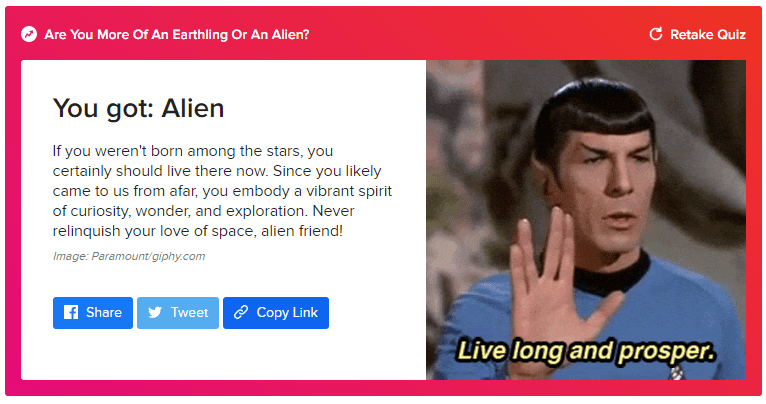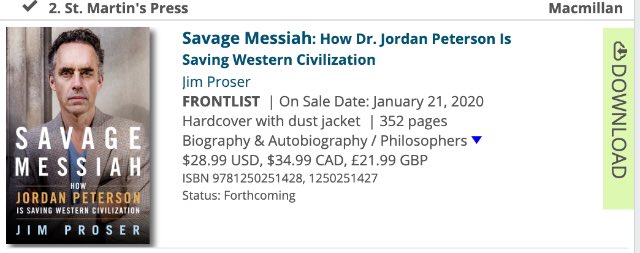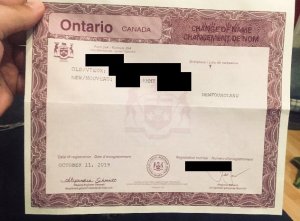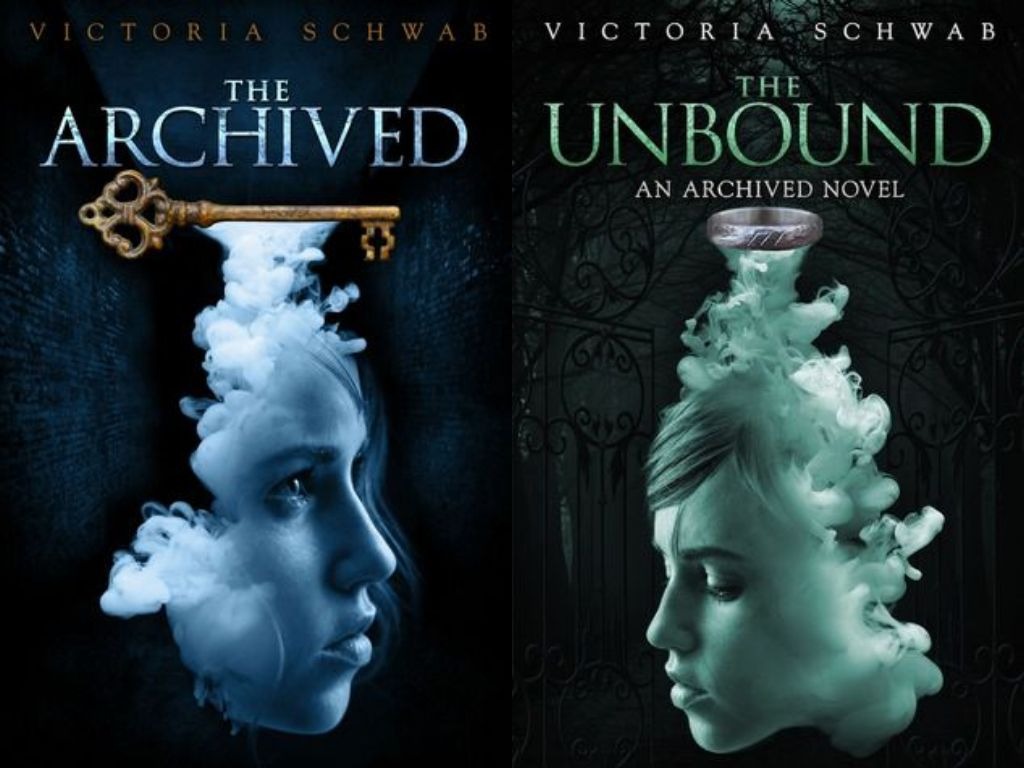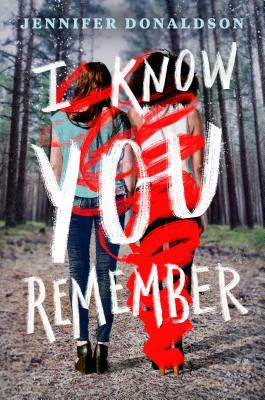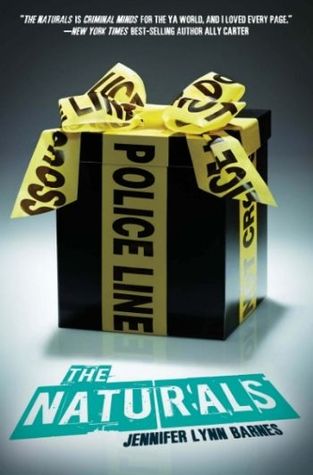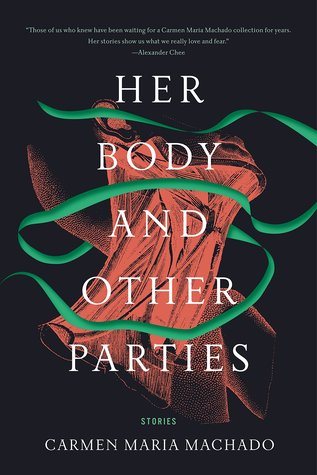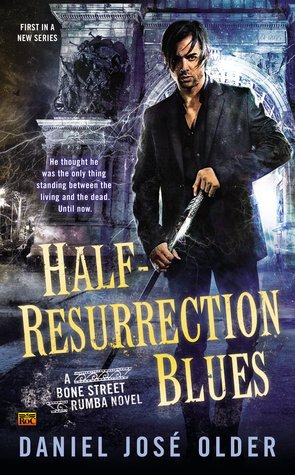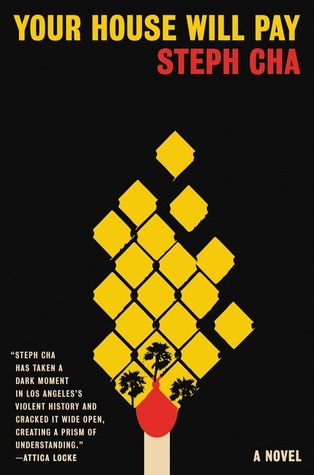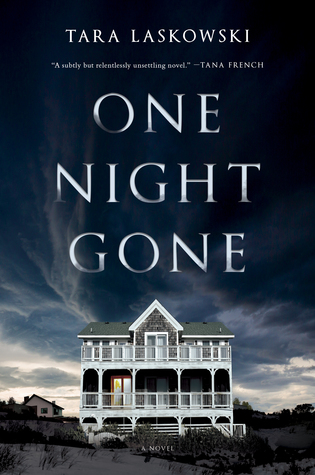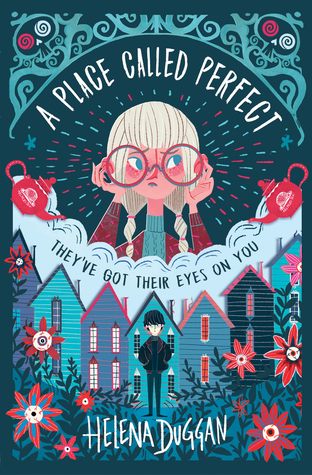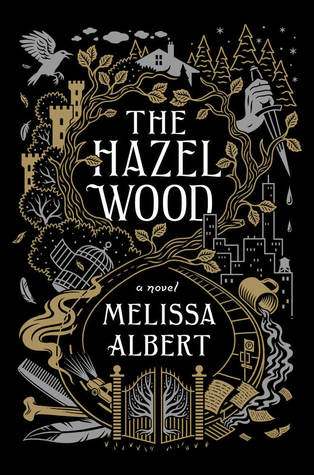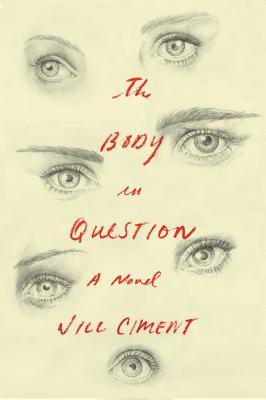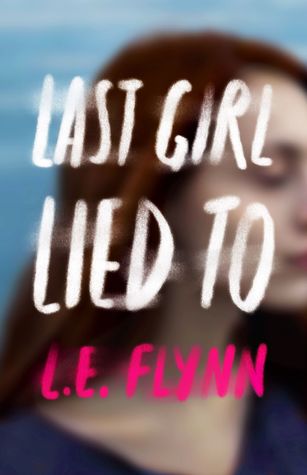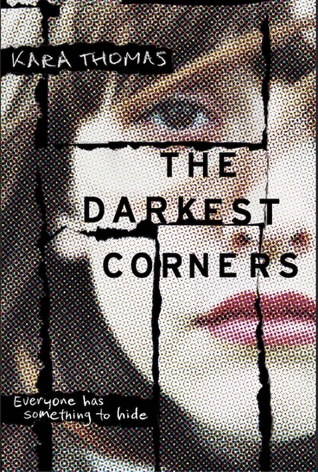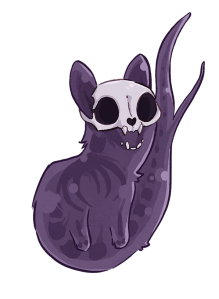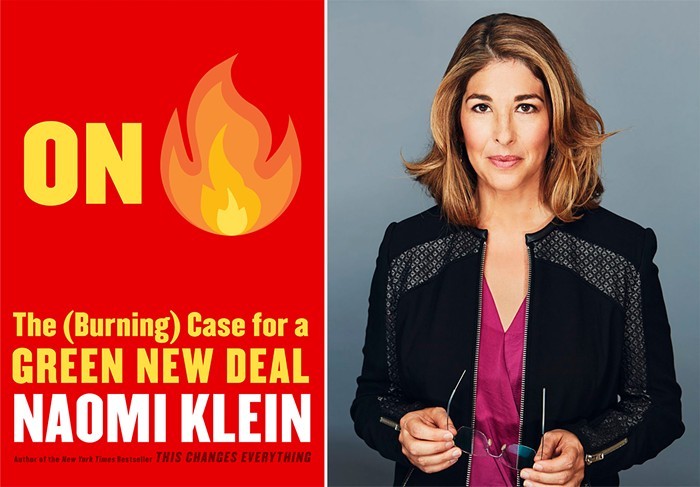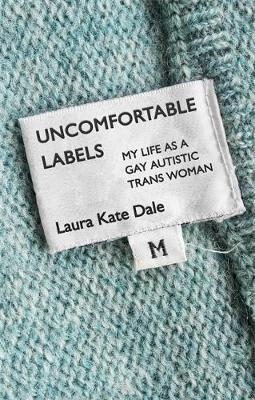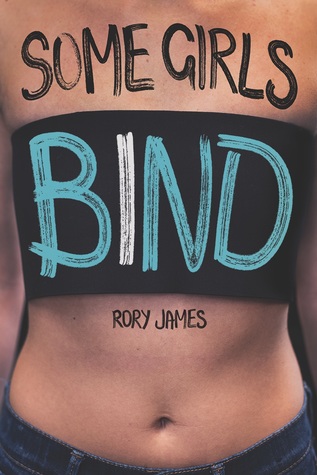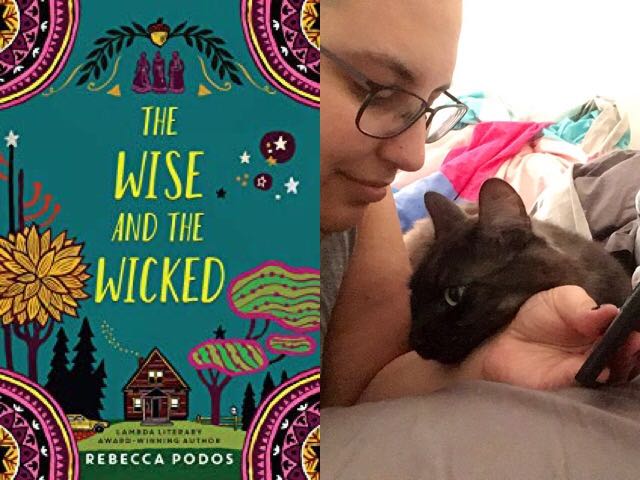Listen. All I needed was ONE FRIEND to tell me that an industry-related post explaining royalties would be interesting, and I’m so ready to dive into this topic. The last time I wrote I post like this, I included this disclaimer, that is still true: I’ve been a little self-indulgent here. I love these details, but I hope that even if it’s not usually their jam, readers will be able to use this knowledge to support authors! This post is a massive info dump, but I hope that even if it’s long, it will contribute toward an ongoing goal of mine for more transparency in publishing.
BUT FIRST, before I dive headlong into how authors make their (very small amount of) money from the books that they publish in traditional publishing stream, I’m going to offer up a review of All Boys Aren’t Blue by George M. Johnson, written by our regular contributor Jack (thank you so much!!), and a short review of a simple and queer visual novel I completed recently.
Review of George M. Johnson’s All Boys Aren’t Blue, by Jack
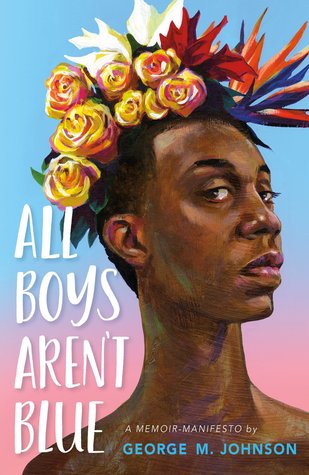
The specificity in Johnson’s All Boys Aren’t Blue makes this memoir a survival guide. Johnson explores carving part of themselves in their relationships, community and individual while simultaneously thriving off their duality. It’s the Black Queer joy, Black magic, is skipping rope with your girlfriends and playing football with your father. All Boys Aren’t Blue is an exploration of lived experiences, the linking and unlinking of one’s gender, sexuality, and favorite past times. Johnson’s work is meant to inspire, educate, illustrate, and challenge the stereotypical depictions of Black boys.
Johnson is an activist and writer based in New York who according to Macmillan publishers has written on race, gender, sex, and culture for numerous prominent publications. Their writing experience is evident in their memoir, which is an exploration of gender and sexuality intersecting with race and class; it’s a love letter to intergenerational relationships.
Johnson mentions interpreting their feelings for men as an indication of their gender identity rather than sexuality. Similarly, to how Sara Ahmed connects orientation and orientalism to explore how one physically orients themselves in space and identity, All Boys Aren’t Blue explores how in a world of social constructs, we use often use race and gender as tools of understanding our sexuality.
CW includes but is not limited to violence, misogyny SA, incest, transphobia, and homophobia.
Johnson’s memoir doesn’t shy away from acknowledging their healing journey and demonstrating what accountability looks like. Or how confusing it can be when those who are supposed to love you can harm you. All Boys Aren’t Blue, Johnson’s story, deserves to be heard both in the context of educational generalizations and a memoir. Too often are marginalized authors demonized for not representing or speaking for the collective.
***This is a note regarding representation: no Black Queer person needs to/can represent all our experiences when they write.***
I recommend this memoir to all boys who aren’t blue, to families and kinships who are trying to create communities, Black Queer kids, and adults who deserve to see versions of their story being told. 15+ and up.
All Boys Aren’t Blue is the warmth and comfort one feels when being hugged by someone they love, it’s the presence of community and visibility.
Review: A Hero and a Garden
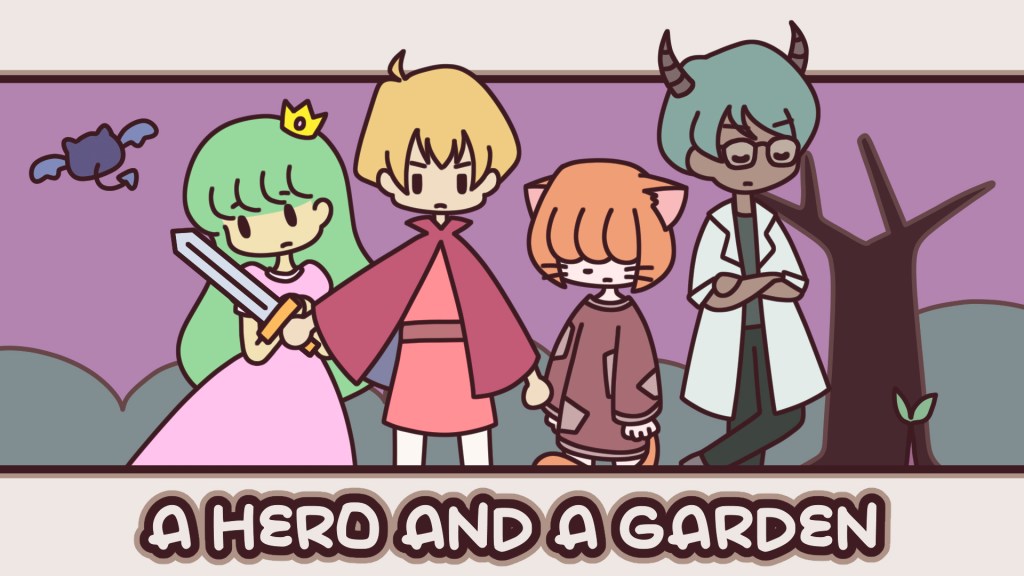
A while back, I posted about having discovered visual novels for the first time, through first buying a Switch Lite to play Animal Crossing in lockdown. Well, if 2020 taught me anything, it taught me that visual and interactive novels are masterful storytelling that’s just as powerful as any book I’ve ever read… and it can be just as super queer, too. A Hero and a Garden is an indie game by npckc available for Switch, PS 4, Android, Windows, Linux, Mac, and Xbox One. In it, you play Cyrus. He was a knight, born and sworn to protect a princess… until she ran away from home to live in a village of monsters. Cyrus went after her, and destroyed the town to save her – only to find that she was actually pretty content, and not in need of saving at all.
The game begins at this point – when Cyrus has been cursed by a local witch to tend a magical fruit garden until he has repaid his debt to the villagers, and helped rebuild their town. This game is super simple and light to play – literally zero pressure – but brings all the feels. As Cyrus helps the town, he learns about the villagers, their lives, their love, and himself. This game doesn’t play into normative expectations when it comes to gender, sexuality, or monogamy. If you’re indulging in a lot of baking shows and slice of life anime right now to get through this weird time in human history, maybe what you need is to pick some berries, and get to know the delightful cast of this very fluffy and sweet, LGBTQ2S+ celebratory game.
The creator of this game has SO MANY OTHER COOL GAMES, and because I don’t usually play on my computer (I spend too much time with this machine as it is – they need a rest every now and then, and so do my eyes!!), I am just very very hopeful that Ratalaika Games will port more of them to Switch ASAP. Take my meagre dollars, I beg of you!!
Let’s Talk About Money
I have previously used this space to write industry-related posts about things like how to best use your purchasing power to support authors through choosing to support the best retail outlets for authors, but it’s been brought to my attention recently that some readers might be interested in a post about another aspect of how money flows from readers to authors in traditional publishing. Once the money goes into a bookshop’s coffers – how does that money make it from the bookshop, via the distributor, back to the publisher, through an agency, and then back to the original creator of the intellectual property that you’re ingesting: the author? One part of the answer to that question is through royalties.
Royalties are used in all kinds of industries, including traditional publishing. In basic terms, royalties are the percentage of money that an author gets from the sale of a book. Any time that a reader buys a new book – not a book that’s purchased second hand, and not a book that’s remaindered – but a brand new book, the book’s author generally gets a little bit of money from that sale. That applies to all formats: hardcover, paperback, mass market, special edition, eBook, and audio. The one notable exception to that (that I can think of) would be if the book was written on a Work For Hire contract, and that contract included a fixed rate, but no royalties. That happens most commonly, in my experience, in a licensed content situation, which you can learn more about by watching the video below, by Alexa Donne 👇🏼
The amount of royalties that an author will get depends on a LOT of different factors. Some of these might include the size of the publisher, the size of the imprint, the values of the publisher/imprint, the negotiating power that an author’s agent or agency has with a particular publisher, the author’s platform and their past publication history or track record, the economy in general – the list goes on and on.
From here, the information that you want to know may depend on your positionality a little bit – so I’m going to split the rest of this post into two sections. The section that follows is probably most relevant to authors. If you’re not interested in the back end of how royalties come together, but you are a reader who wants to know how to best spend their money to support creators, skip to the next section!
For authors…
Royalties are negotiated individually on every book deal between either an author or their agent, and the publisher, and are often based on what are called boilerplate contracts. These are standard template contracts that publishers have in place that serve as the starting point for negotiation – and they vary between agencies and publishers. If an author is lucky enough to be represented by an agency with a long history, their boilerplates with publishers will be well-established, and that often means that authors can receive more royalties than if they are unrepresented, or if they are part of a newer literary agency who has yet to establish standards with different imprints around the world.
That said, like most things, there are some industry standards. For a deep dive into these, I recommend checking out the Writers’ Union of Canada’s royalty math page, but the basic numbers are these: for hardcovers, 10% of the cover price on the first 5,000 copies sold, 12.5% on the next 5,000, and 15% thereafter; for paperback, 7.5% of the cover price, and for eBooks, 25% of the publisher’s net receipts. For more information on retail versus net royalties, check out this post from Alexander Field at the Bindery. It’s important to know that most publishers, while they will compete on advances, do not typically compete with each other on royalties.
If you want to know more about the publishing process and where contract negotiations fit into it, there are three resources I recommend: one from Bloomsbury, a guide to the publishing process; one from blogger Rachel Kent for Books&Such Literary Management, about the publishing timeline; and one from KN Literary Arts, a publishing timeline for first-time authors.

The other big question that authors tend to have is when do I actually get my royalties? The answer is, as soon as you earn out your advance. It’s always a difficult balance to strike as an agent when you’re advocating for an author: do you negotiate for as high an advance as you can manage, or do you go more modestly on the advance so that the author starts getting royalties sooner? Royalties are a more sustainable form of income for an author, and the higher the advance payment they receive, the less likely it is that they will ever see those payments, in this economy. Let’s take a recent release as an example.
As I write this, Shadow and Bone by Leigh Bardugo is #4 on the Barnes and Noble bestsellers list online, the first listed paperback, at $10.99 USD – which I’m going to call $10 for the sake of simplicity. From that $10, applying a standard royalty rate of 7.5%, Bardugo is entitled to $0.75. If you set aside hardcover sales and subrights sales, and you consider that most authors are printed straight to paperback, you can see how earning out a high five figure advance would take some time – and a huge number of sales. After the advance earns out, that’s when an author begins to see royalties – but not the full $0.75 per copy. From that, you need to also subtract the 15% of that royalty that would be collected by her literary agency, $0.11, bringing that amount down to $0.64 per copy sold.
There are, however, other ways to earn out your advance as an author that don’t involve royalties at all. For this part of my long-winded story, I consulted with BBB contributor, CeCe Lyra, who is also an agent for PS Literary. Since she gave such valuable insight here, and this section of this post is specifically for authors, you can see CeCe’s most recent MSWL here. This might get a little bit convoluted, but the TL;DR of this next paragraph is: any money that you earn for your publisher as an author before you have earned out your advance counts against your advance. The way that this most often happens is through subrights sales.
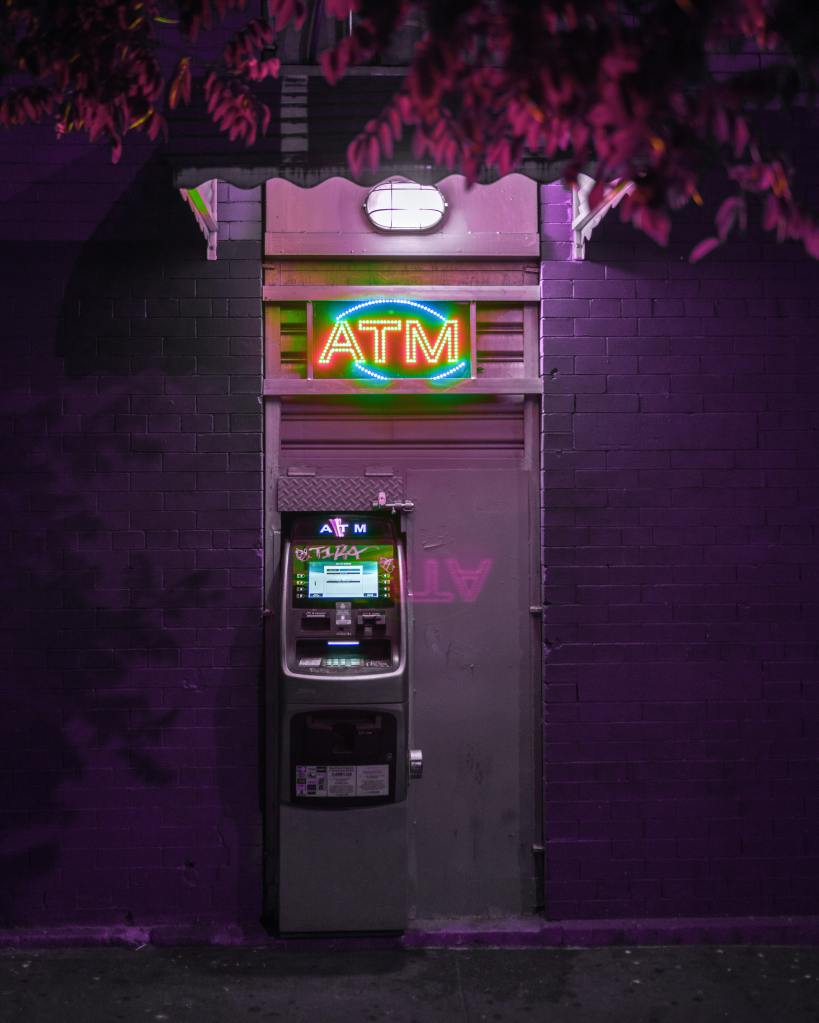
If you want to learn the basics of subrights, check out this blog post from Valerie Peterson for The Balance Careers. For the purposes of this post, the thing to understand is that any subrights that publishers retain for your book and sell generates income for the publisher. If this happens before you’ve earned out, it will also count against your advance. To illustrate this, let’s say that I write a great new book, and it is acquired by a publisher for $20K, but they negotiate with my agent, and manage to hold on to my international and translation rights. This book is getting a lot of good press, and the publisher has a super keen rights team, so they manage to sell it in four different countries before the book even goes on sale. A huge coup! Each of those rights sales generates a $5K advance – and, just like that, my advance is earned out before my book has even hit shelves. FANTASTIC, in so many ways – but as CeCe pointed out to me, this also comes with downsides. Some argue that if the publisher sold $20K worth of foreign rights and the author’s advance was already earned out, then they could lower their marketing budget for the book’s debut in its home market, since they’re not worried about losing money if the advance doesn’t get earned back. This is part of the reason why the best thing for authors is often for their agents to advocate to retain as many of their subrights as possible and sell them separately on the author’s behalf, rather than having that service be performed by the publisher.
Now – let’s say that an author has earned out their advance (yay!), and now their agency is receiving royalties statements, and cutting them a check for their earnings twice a year. I got a question from a reader over Twitter, and it’s a great one: how do returns get factored in? Royalties payouts and statements are anything but straightforward. If you really want to do a deep dive on this, you can check out the (slightly older, but still reliable) video below, from the Authors’ Guild. If you aren’t ready for the deep dive, though – and I don’t blame you, because unless you are an unrepresented author, understanding all of this is really your agent’s responsibility and not yours as an author – let me give you a wee primer on how book distribution works!
In this hypothetical world, your book birthday has passed, you have earned out your advance, and bookstores are steadily ordering new copies of your book to sell. In their retail outlets, booksellers put in their orders for merchandise to their distributors. These are companies that exist between publishers and retail outlets/wholesalers who organize book sales. Books flow from the publisher to the distributor, who then makes sure that all the retail outlets get their orders. The general rule in the industry is that book retailers have 90 days from the time that they receive the books from the distributor to either sell them or return them without any financial loss.
That allowance is essential for book retailers to stay afloat… but how does it affect authors? It means that when your royalties statement comes in, the publisher will hold back a small percentage of your royalties earned on “reserve” to safeguard against books that have been ordered by booksellers, but will be returned instead of sold. If you are an unrepresented author, you should always keep an eye on exactly how much of a reserve your publisher is holding, and be sure to ask them their policies around this. If you are represented, your agent should be reviewing your statements and verifying that they are being executed correctly on your behalf.
For readers…
If you are a reader who is lucky enough to have some money to spend on books, and you wonder what the best way to support an author is, the basic answer is a bit unfortunate, but also pretty simple: the more money you spend, the more the author gets. In general, authors make more money on hardcover sales than paperback, more on paperback than mass market, and if you buy at a store that gets special sales editions and pricing (like Costco or Target, or through a subscription like a book box), the author will get a little bit less than if you buy from a brick and mortar chain store or an indie.

There are two exceptions to these rules. One is that if you buy a book that’s on sale at a regular retail outlet, for example, a 30% off hardcover at Indigo, usually that loss in profit is absorbed by the store, or in rare cases by the publisher, and not by the author. The second is if you buy an eBook. Because eBook royalties are often calculated based on net profit rather than cover price, authors don’t always come out on top, but in general, they make a higher percentage of the cover price of the book than they do for physical books, and this can serve them well in the long run.
There are two red flags that you want to keep an eye out for if you’re wanting to make sure that an author is getting full royalties from your book purchase (aside from where you’re shopping). One, a sticker over the cover price of the book that advertises a lower price than the original. This generally means that the book was sold through special sales (explained in this post from Ingram Spark), and authors often get a lower royalty rate for these kinds of bulk sales. The second is a remainder mark, usually a mark made by a Sharpie or other permanent marker to the pages of a book, near the binding. While they may be sold at a more advantageous price for consumers, authors do not get royalties on remaindered book sales.

Last but not least, is there a way to support authors financially without having your own money to spend? Always our heroes, the libraries. Authors do get some financial benefit from library loans, although the format of the book and the location of your library both play a role in this – and unfortunately, my knowledge here is limited to North America, so if you live elsewhere, it pays to do your own research about this! Also, when it comes to libraries and eBooks, what I will say is that at best, things are complicated, and if you want to support an author to the best of your ability, consider purchasing a hard copy of a book for your personal collection or as a gift or donation if you read something from your library’s eBook collection and you love it.
In the United States, authors only get royalties from libraries on physical books when they are purchased for their collections, no matter how many times the book is borrowed. That said, if you are an American reader, make sure to request titles from your local library so that they get that support! In Canada, we are #blessed to have the Public Lending Right program, which means that your library loans mean more to Canadian authors, so keep borrowing all the Can Lit you can manage!
PS, if you enjoyed this post, please consider leaving me a tip! It only takes a minute, and it allows me to keep creating content just like this, buying food for my pets, and pursuing my career as a literary agent!








